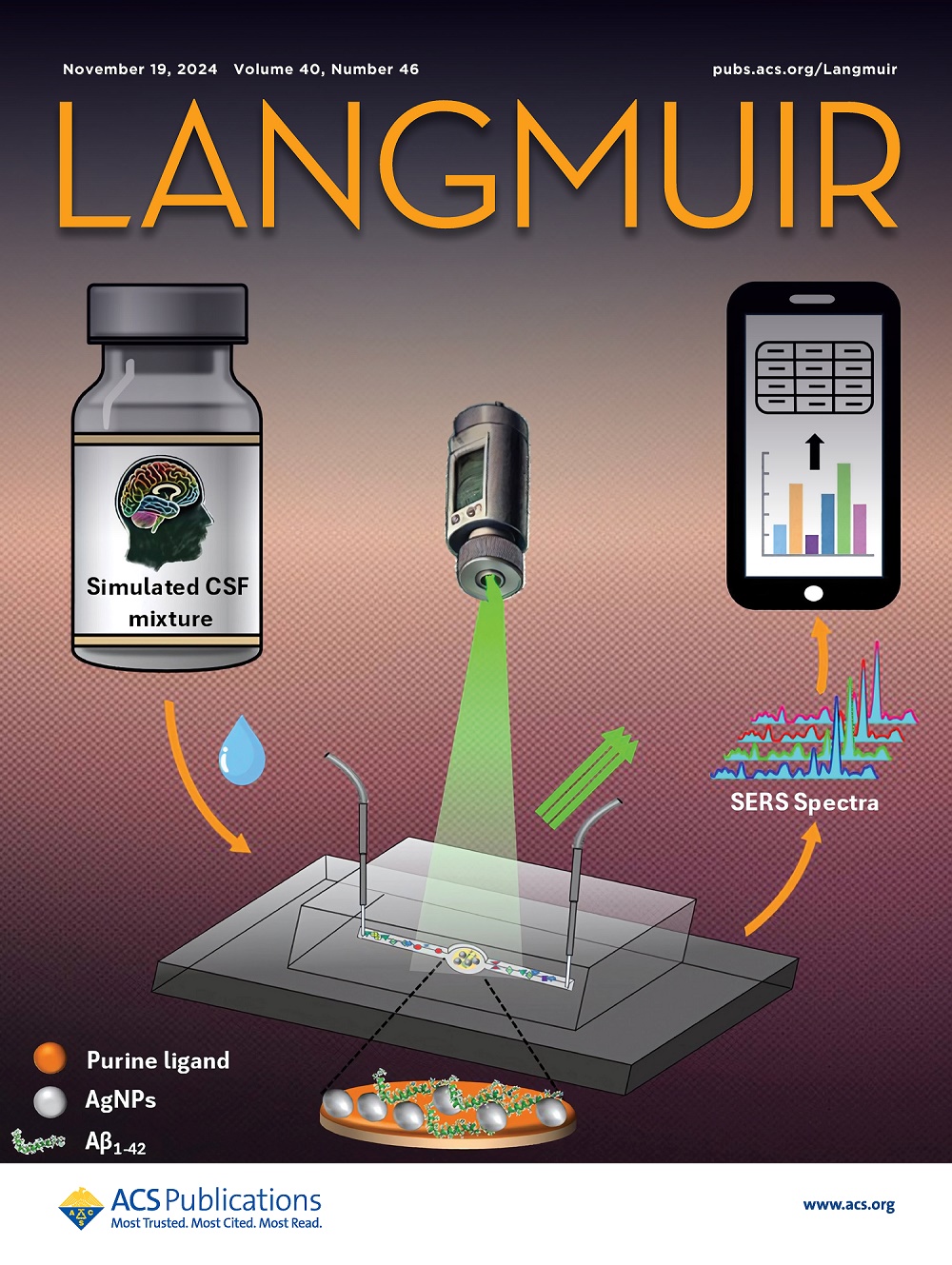Preparation of Large-Area Anodic Oxide Films with Regularly Arranged Pores by Two-Step Anodization of Stainless Steel Substrates and Application to Superhydrophobic and Superoleophobic Surfaces
IF 3.7
2区 化学
Q2 CHEMISTRY, MULTIDISCIPLINARY
引用次数: 0
Abstract
An anodic oxide film with regularly arranged pores was obtained by two-step anodization of a stainless-steel (SS) substrate in ethylene glycol containing NH4F. The effect of the electrolyte composition on the pore arrangement was investigated to prepare large-area anodic oxide films with regularly arranged pores. It was found that the concentrations of H2O and NH4F in the electrolyte significantly affected the pore arrangement. It was also confirmed that the degradation of the electrolytes affected the pore arrangement. To form a large-area anodic oxide film with regularly arranged pores, it is essential to use a sufficient amount of an electrolyte with an appropriate composition to minimize the effect of electrolyte degradation. An ordered anodic oxide film with a size of 50 mm × 50 mm was obtained using two-step anodization of the SS substrate under optimized conditions. It was also shown that a surface with hierarchical nanomicrostructures could be fabricated when two-step anodization was performed on an SS substrate with microstructures. When the obtained sample was treated with fluoroalkyl silane, it acted as a superhydrophobic and superoleophobic surface. Large-area anodic oxide films with regularly arranged pores can be utilized in various applications, including capacitors, water-splitting devices, solar cells, and surfaces with highly controlled wettability.

求助全文
约1分钟内获得全文
求助全文
来源期刊

Langmuir
化学-材料科学:综合
CiteScore
6.50
自引率
10.30%
发文量
1464
审稿时长
2.1 months
期刊介绍:
Langmuir is an interdisciplinary journal publishing articles in the following subject categories:
Colloids: surfactants and self-assembly, dispersions, emulsions, foams
Interfaces: adsorption, reactions, films, forces
Biological Interfaces: biocolloids, biomolecular and biomimetic materials
Materials: nano- and mesostructured materials, polymers, gels, liquid crystals
Electrochemistry: interfacial charge transfer, charge transport, electrocatalysis, electrokinetic phenomena, bioelectrochemistry
Devices and Applications: sensors, fluidics, patterning, catalysis, photonic crystals
However, when high-impact, original work is submitted that does not fit within the above categories, decisions to accept or decline such papers will be based on one criteria: What Would Irving Do?
Langmuir ranks #2 in citations out of 136 journals in the category of Physical Chemistry with 113,157 total citations. The journal received an Impact Factor of 4.384*.
This journal is also indexed in the categories of Materials Science (ranked #1) and Multidisciplinary Chemistry (ranked #5).
 求助内容:
求助内容: 应助结果提醒方式:
应助结果提醒方式:


